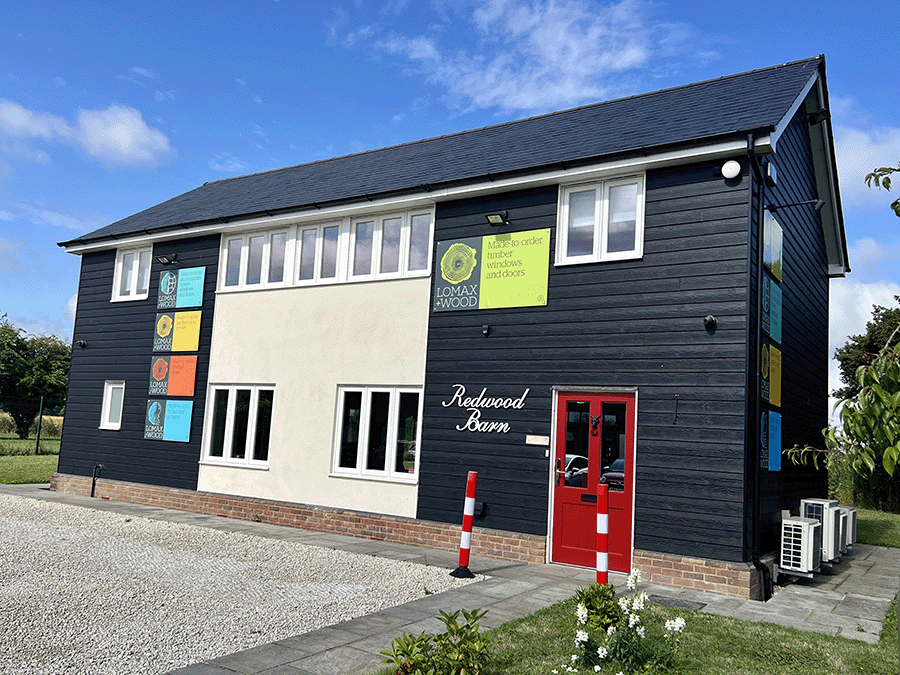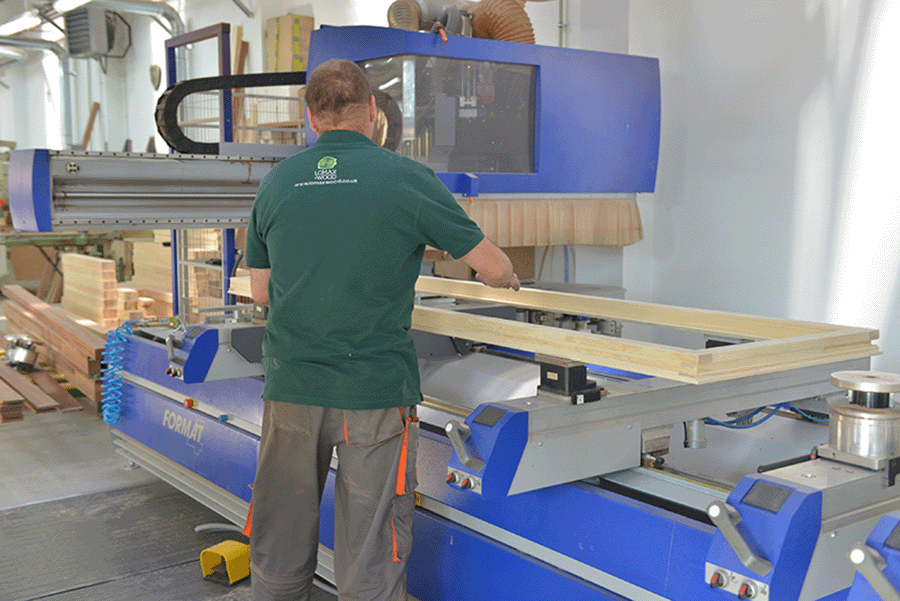The Role of Timber Windows and Doors in Heritage Restorations
- 30 September 2025|
- News
At the heart of every successful heritage restoration lies a critical component choice: windows and doors that can satisfy conservation officers, planning committees, and end users simultaneously.
Heritage windows must deliver on multiple fronts – historical accuracy, regulatory compliance, energy efficiency, and long-term performance – making material selection one of the most important decisions in any restoration project.
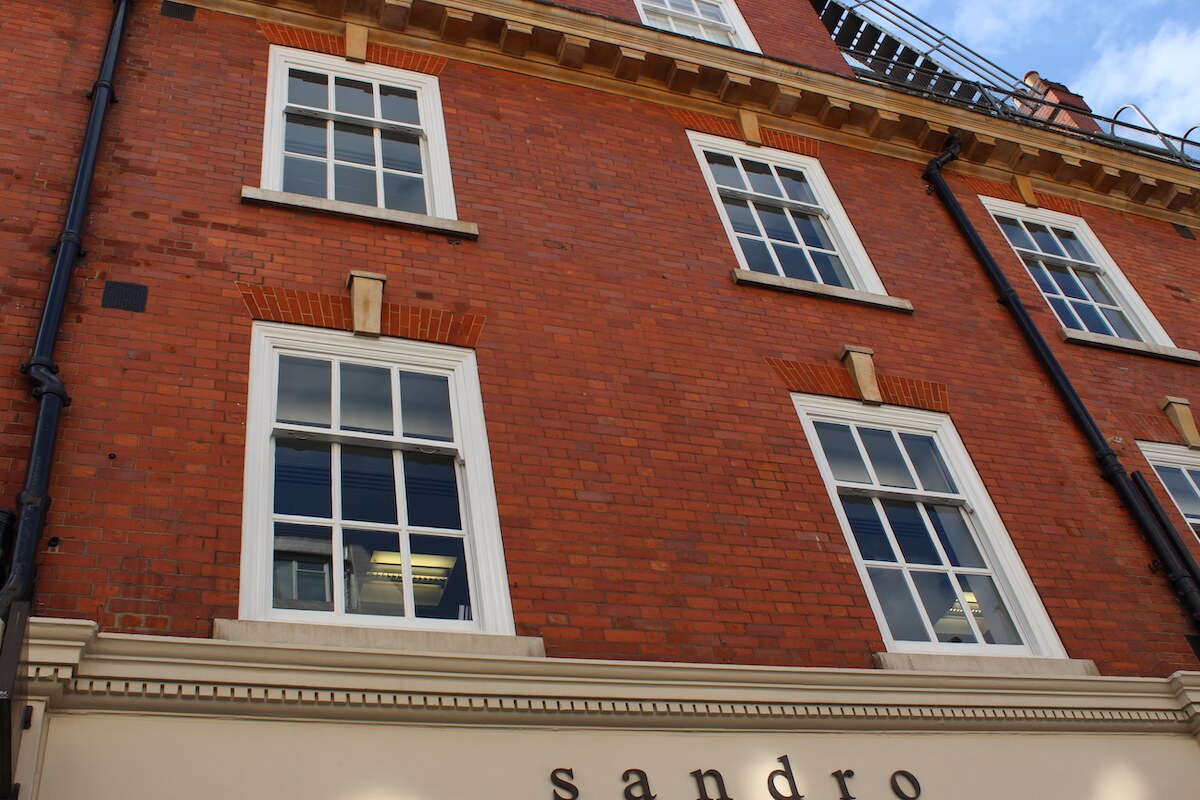
Understanding heritage classifications: listed Buildings vs conservation areas
Listed buildings
Listed buildings receive statutory protection due to their special architectural or historic interest. These properties face the strictest regulations, requiring Listed Building Consent for any alterations that might affect their character.
For Grade I and Grade II* buildings, window and door replacements must typically match original specifications exactly. This often means single glazing with traditional glazing bars, putty glazing, and specific timber profiles that replicate historical construction methods.
Conservation areas
Conservation areas protect the character of historically or architecturally important neighbourhoods. While regulations are less restrictive than listed building requirements, any changes must preserve or improve the area’s character.
Many conservation areas permit double glazing and modern performance features, provided the visual impact remains minimal. However, materials like UPVC are frequently prohibited, with timber being the preferred choice.
Other heritage projects
Beyond statutory designations, many properties benefit from heritage-style improvements. Victorian terraces, Georgian townhouses, and period cottages often require sympathetic restoration to maintain their character and market value.
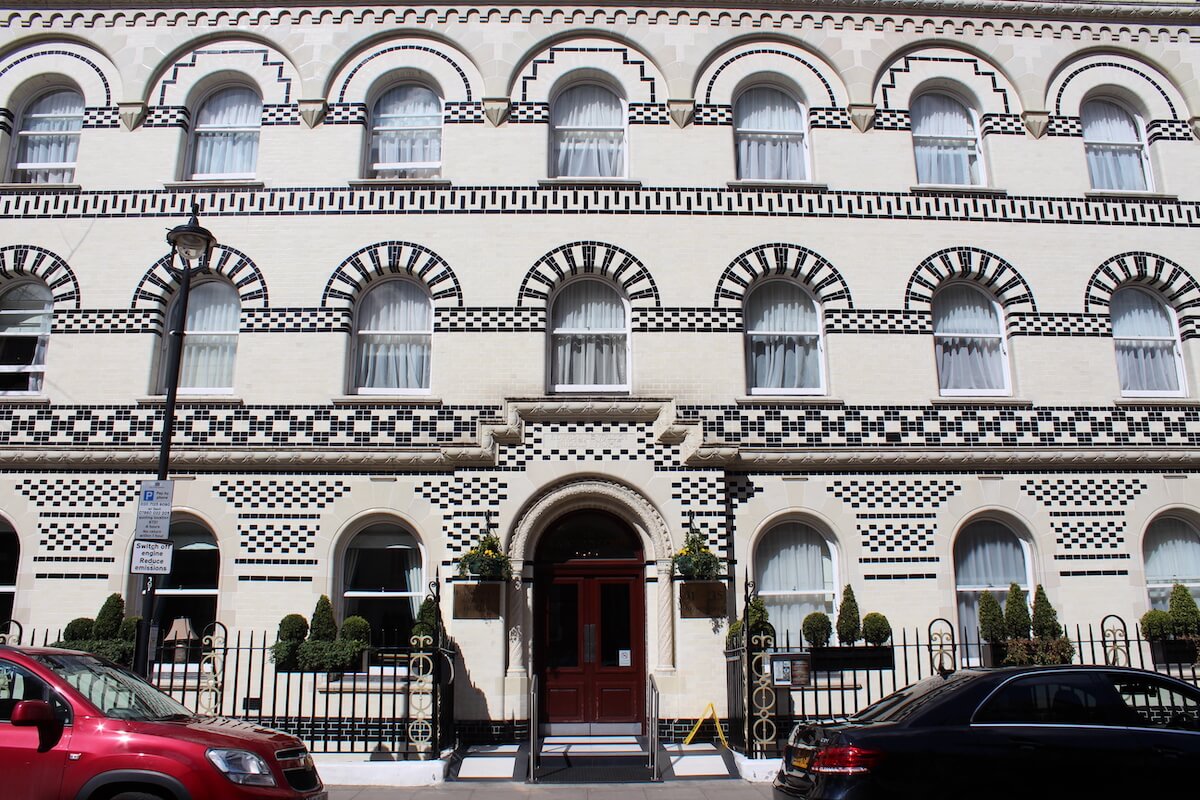
Best materials for heritage restorations
Why timber remains supreme
Timber has dominated British architecture for centuries, making it the natural choice for heritage work. Unlike modern alternatives, timber is a great option for a number of reasons:
- Nothing replicates the grain, texture, and weathering characteristics of traditional timber construction.
- Timber can be shaped, profiled, and detailed to match any historical specification, from complex mouldings to specific glazing bar dimensions.
- When properly maintained, timber windows and doors can last 60+ years, with many original examples surviving centuries.
- Modern timber engineering delivers excellent energy efficiency while maintaining traditional aesthetics.
How does timber compare to alternative materials?
Timber is an excellent choice when compared to alternative materials. uPVC windows are prohibited in most heritage contexts due to their modern appearance and inability to replicate traditional detailing.
While aluminium offers durability, it cannot match timber’s authentic appearance in heritage settings. Aluminium-clad timber combines traditional internal aesthetics with low-maintenance external performance but is often not permitted in heritage buildings that have restrictions on style and materials.
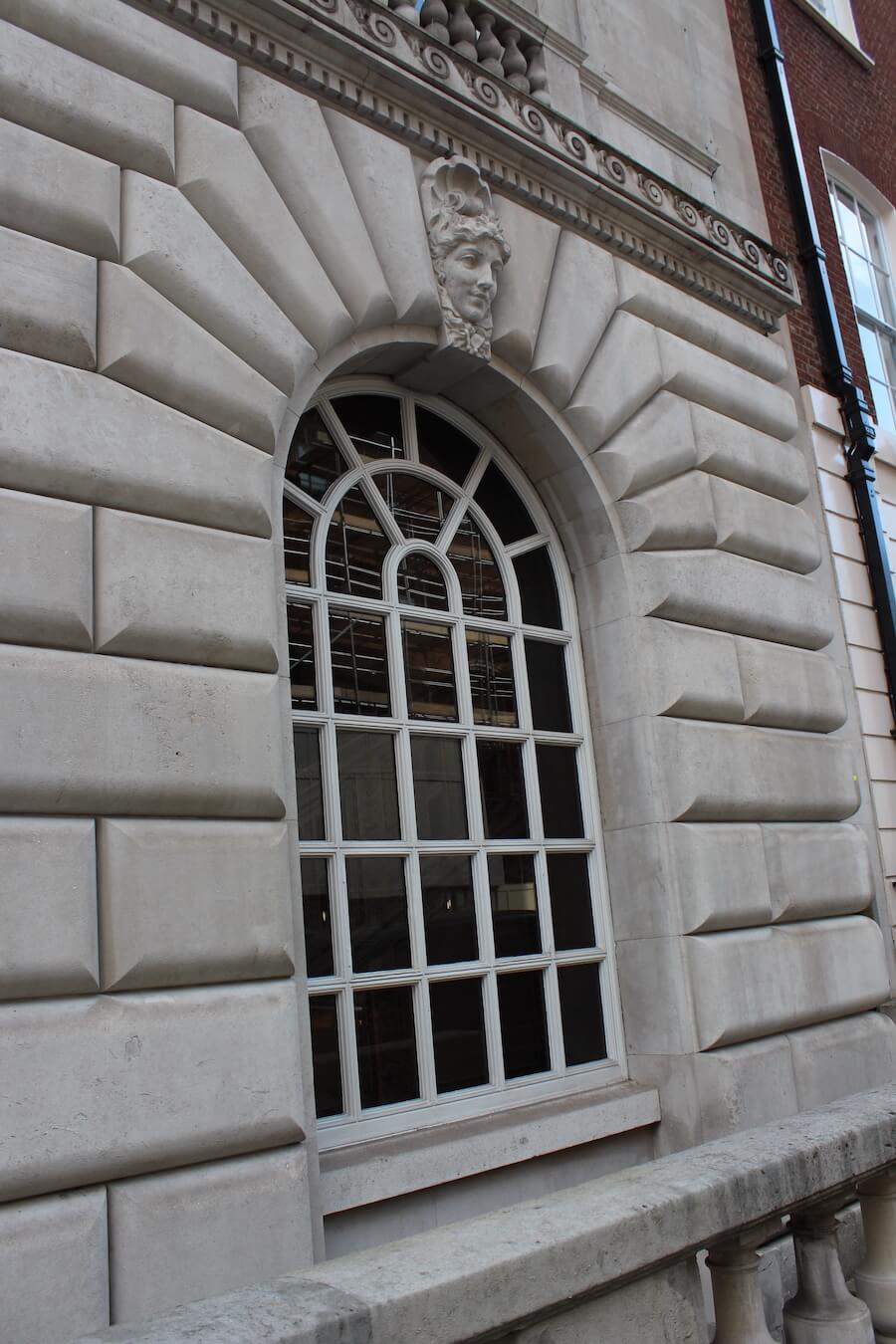
What window styles can be used in heritage restorations?
Sash windows
The quintessential British window style, sash windows dominated construction from the Georgian period onwards. Key variations include:
Traditional box sash
Features weighted operation with traditional pulleys and sash cords. Essential for high-grade listed buildings.
Spring balance systems
Offers sash window aesthetics with modern convenience, suitable for conservation areas and heritage-style projects.
Casement windows
Popular in Tudor and Arts & Crafts properties, heritage casement windows feature side-hung or top-hung operation and open outwards like a door.
Can I install double glazing in a listed building?
This depends on the building’s grade and local conservation officer requirements. Grade I and Grade II* buildings typically require single glazing to maintain authenticity. Grade II buildings may permit double glazing if it doesn’t compromise the building’s character. Always consult your conservation officer before making decisions.
Do I need specialist drawings for heritage window planning applications?
Yes, heritage applications typically require detailed technical drawings showing profiles, glazing bar patterns, materials, and finishes. These drawings must demonstrate how the proposed windows will preserve or improve the building’s character.
Performance requirements for heritage projects
Energy efficiency standards
Modern heritage windows must balance authenticity with performance. Building Regulations Part L requires specific U-values, but heritage properties often receive exemptions where compliance would damage character.
Quality timber construction with appropriate glazing can achieve U-values of 1.1-1.2 W/m²K, providing excellent insulation while maintaining traditional appearance.
Security and durability
Heritage windows must meet modern security standards, particularly PAS 24 compliance for new builds and major refurbishments. Multi-point locking systems and laminated glass options provide protection without compromising aesthetics.
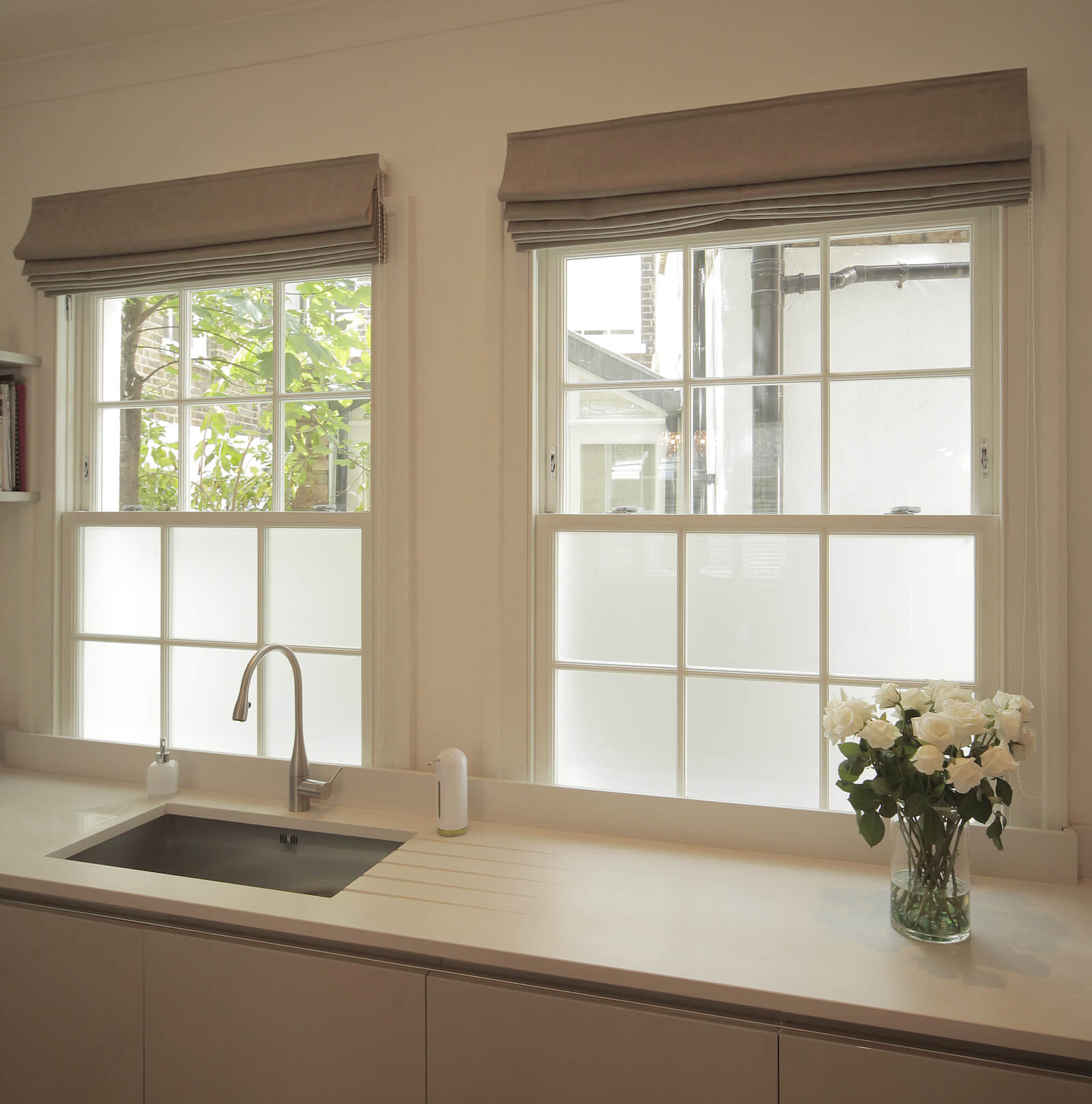
Lomax + Wood’s range of traditional timber windows
Our product range specifically addresses heritage restoration challenges, offering made-to-order solutions for every project type.
Traditional single glazed sash windows
Designed for listed buildings and strict conservation requirements, our heritage style single glazed sash windows feature:
- Putty glazing for authentic appearance
- Traditional timber profiles
- Period-appropriate ironmongery
- Custom sizing to match existing openings
Spring balance sash windows
Combining traditional elegance with modern convenience, these windows offer:
- 1 W/m²K whole window U-value
- Factory double glazing as standard
- PAS 24 security compliance
- Competitive pricing for volume projects
Heritage casement windows
Our wooden casement windows provide:
- U-values from 1.0-1.2 W/m²K
- Multiple timber options including Engineered Oak and Accoya
- Extensive colour and finish options
- Complete range of hardware and ironmongery
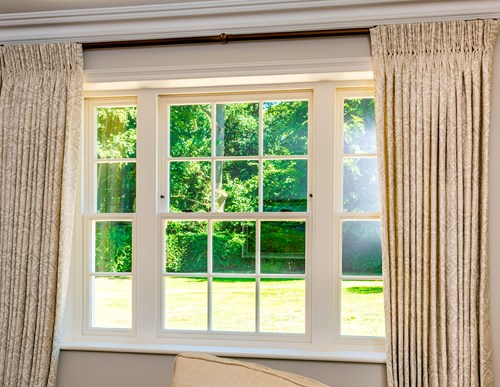
Material excellence
At Lomax + Wood, environmental responsibility is central to our manufacturing philosophy. We source all timber used in our bespoke windows and doors with full Chain of Custody certification (FSC® or PEFC), ensuring complete traceability throughout the entire supply chain, from the forest to the finished product.
Customisation capabilities
Every heritage project has unique requirements. Our made-to-order approach allows us to:
- Match existing window profiles exactly
- Replicate period-specific glazing bar patterns
- Provide extensive colour and finish options
- Accommodate non-standard sizes and shapes
Professional support
Working with heritage properties requires specialist knowledge. Our team provides:
- Technical drawings for planning applications
- Compliance guidance for listed building consent
- Collaboration with conservation officers
- Complete design, supply, and fit service
The complete heritage package
Heritage restorations demand attention to every detail. From the outer frame profile to the smallest piece of ironmongery, authenticity matters. Our heritage window collection provides architects and developers with confidence that every element meets both historical accuracy and modern performance standards.
Whether you’re working on a Grade I listed manor house or a Victorian conservation area project, the right timber windows and doors form the foundation of successful heritage restoration. With proper specification and expert installation, these windows will provide decades of performance while preserving architectural integrity for future generations.
Get your project started: discuss your project with our expert team today
Planning a heritage restoration project? Our specialist team understands the unique challenges of working with period properties and can guide you through material selection, planning requirements, and technical specifications.
Contact Lomax + Wood today for expert advice on your heritage windows and doors. Get your free, no-obligation quote by completing our online contact form or calling 01277 353857 to discuss your restoration plans with our heritage specialists.

